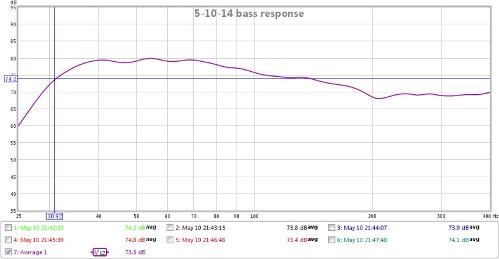Br777
Headphoneus Supremus
- Joined
- Feb 2, 2010
- Posts
- 3,930
- Likes
- 298
Quote:
no, it doesnt, but it should
i'm using it with the odac as well. loving it!
Confirmed working on ODAC. Great find!.
Does it support shelving filters? if so anyone know the syntax? I didn't see it mentioned on sourceforge and I don't want to install java (yuck) just for REQ wizard.
no, it doesnt, but it should

i'm using it with the odac as well. loving it!















